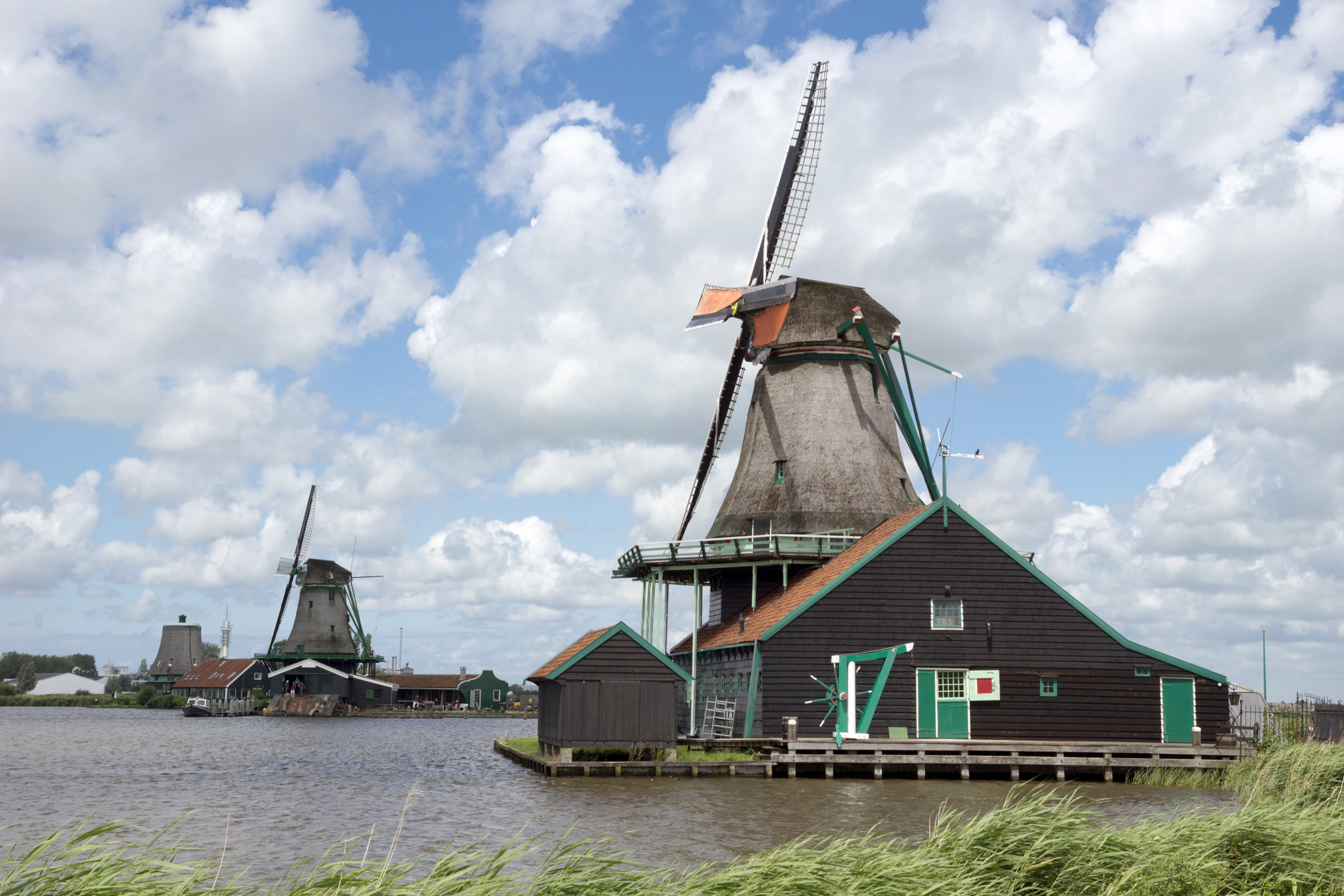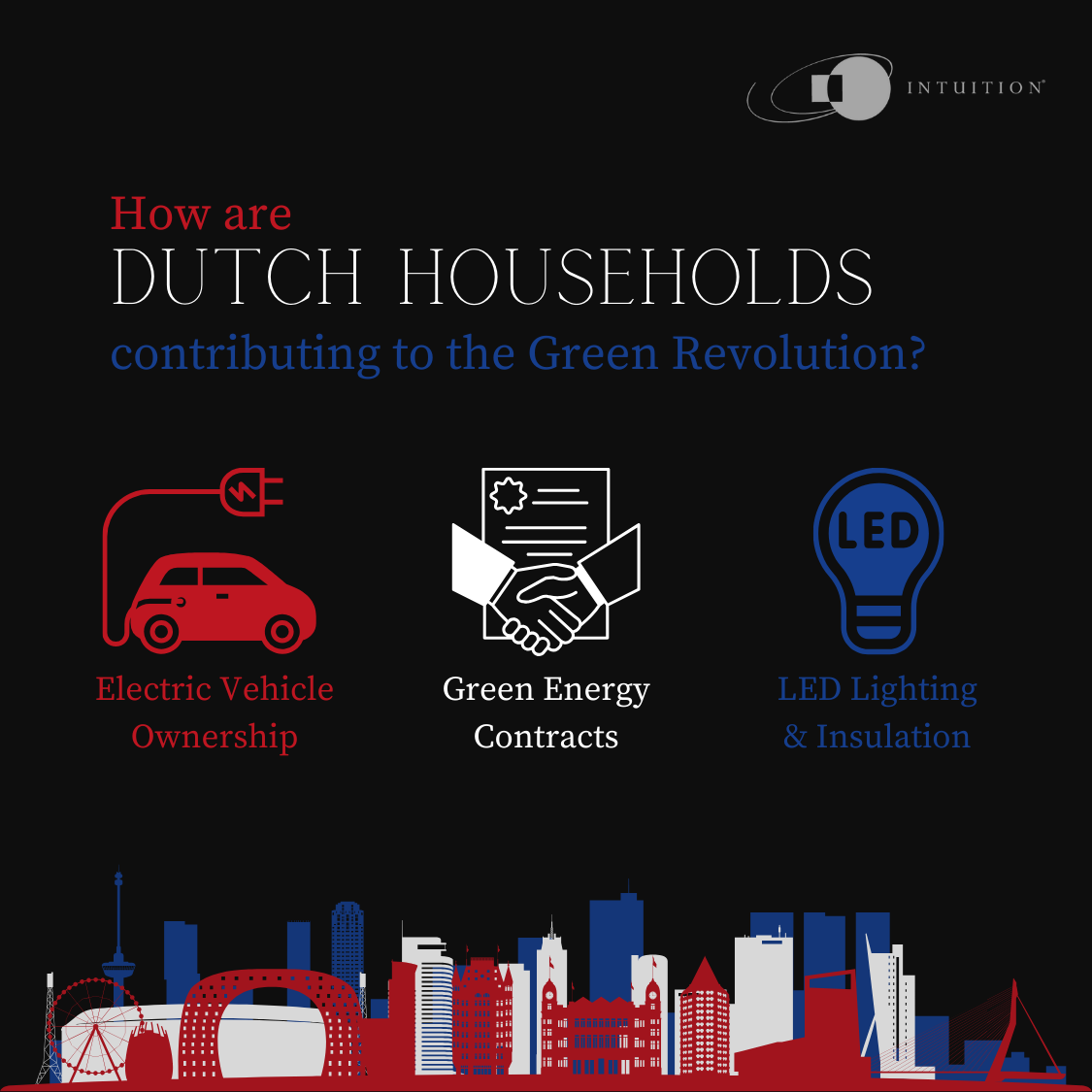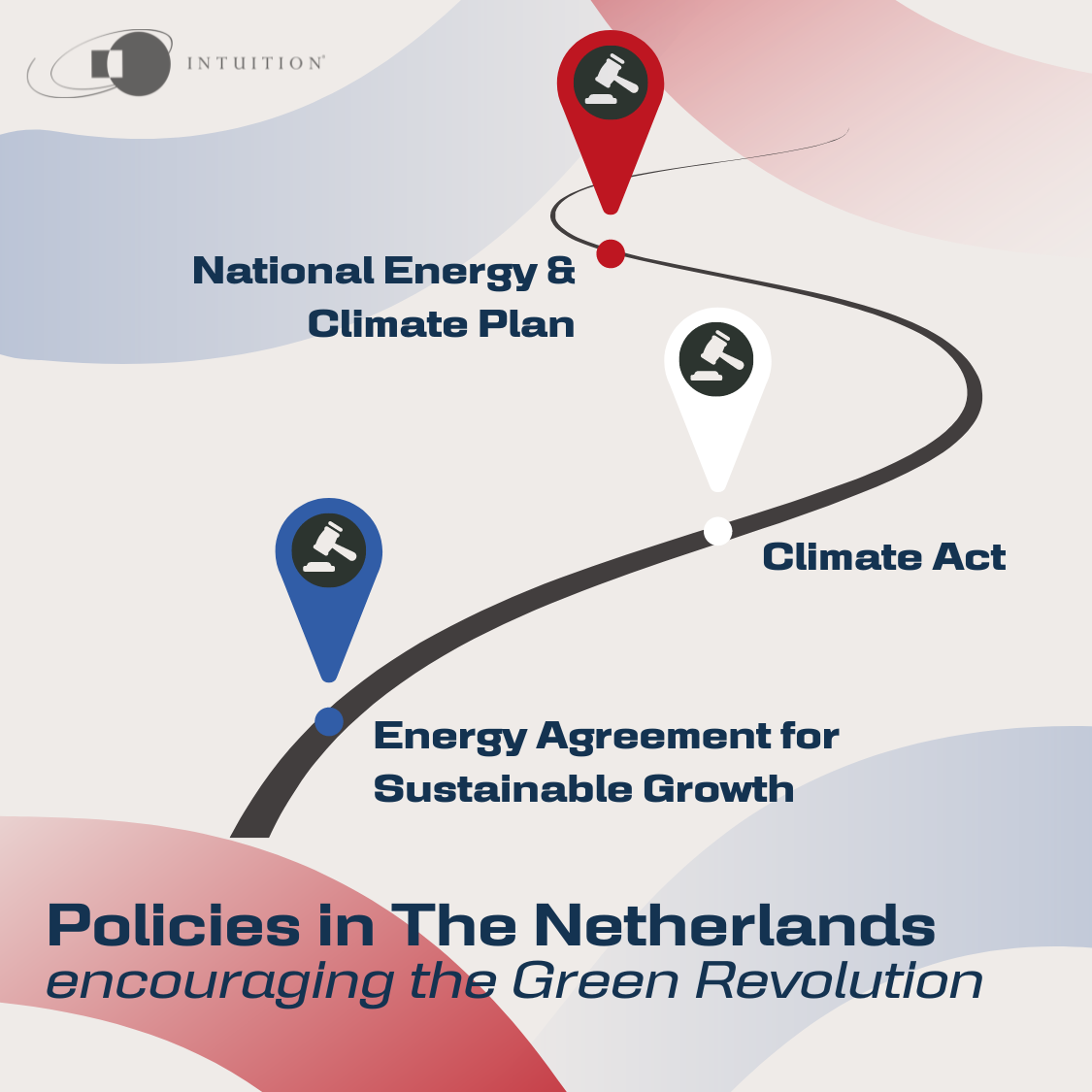The Netherlands’ energy transition: An overview

The green revolution represents a fundamental shift in how societies produce and consume energy. It represents a global movement toward more sustainable forms of energy, driven by concerns about climate change and the need for more reliable sources of energy. The green revolution is not just about reducing the use of fossil fuels. It is also about harnessing the power of renewable energy sources, such as wind, solar, and hydropower, and making energy systems more efficient generally.
In many parts of the world, the green revolution is already underway. Countries are investing in renewable energy infrastructure, enacting policies to encourage energy efficiency, and promoting new behaviors that reduce energy consumption. The Netherlands, a country traditionally associated with windmills and with a strong cycling culture, is one of those leading this transition.
Understanding the future of energy in the Netherlands and beyond is crucial to grasp fully the broader implications of this green revolution.
Understanding the energy transition
The future of energy in the Netherlands (and beyond) is set to be dominated by clean and green energy systems. Changes in consumer behavior, technological developments, and a push toward a climate-neutral state by 2050 are all indicative of the direction the energy transition is likely to take. This transition involves a departure from fossil fuels and an embrace of renewable energy sources.
Climate change is an important consideration in Dutch national policies. The Netherlands committed to EU targets of 55 percent emission reduction in 2030 relative to 1990 levels and climate neutrality in 2050.
The role of consumer behavior in the green revolution
Consumer behavior plays an integral role in the green revolution. As individuals, we all have a part to play in reducing our carbon footprint and promoting sustainable practices. In the Netherlands, there is a growing awareness among consumers about the impact of their energy consumption.
Changes in consumer behavior are becoming evident in several ways. For instance, an increasing number of Dutch households are opting for green-energy contracts, and there is a rising trend in the ownership of electric vehicles. Furthermore, energy-saving measures in homes, such as LED lighting and insulation, are becoming increasingly common.

Technological developments driving the future of energy
Technological development is another critical factor that is shaping the future of energy in the Netherlands and beyond. Advancements in renewable energy technologies are making it more feasible and cost-effective to shift away from fossil fuels. Wind and solar power, in particular, have seen significant technological advancements.
In the Netherlands, the development and application of offshore wind energy is a key focus area. The Dutch government has plans to install several large-scale offshore wind farms in the North Sea. Additionally, the use of solar panels is becoming increasingly common in Dutch households and businesses.
The goal of a climate-neutral state by 2050
The ultimate goal of the energy transition in the Netherlands and the broader European Union is achieving a climate-neutral state by 2050. This means that, by 2050, the EU aims to have net-zero greenhouse gas emissions. This ambitious goal forms a significant part of the European Green Deal, a set of policy initiatives by the European Commission with the overarching aim of climate neutrality by 2050.
The rise of clean and green energy systems
Clean and green energy systems are becoming increasingly prevalent in the Netherlands and beyond. These systems include renewable energy sources such as wind, solar, and hydropower, as well as energy storage systems and smart grids. The rise of these systems is being driven by technological advancements, policy support, and growing consumer demand for green energy.
Successful green energy initiatives in the Netherlands
There are numerous successful green energy initiatives in the Netherlands. One such initiative is the “Energieakkoord“, a broad agreement between the Dutch government, businesses, and civil society organizations to increase the share of renewable energy in the country’s energy mix. Another example is the “SDE+” program, which provides financial support for renewable energy projects.
The role of policy and legislation in the green revolution
Policy and legislation play a crucial role in facilitating the green revolution. In the Netherlands, the government has enacted several policies and laws to promote renewable energy and energy efficiency. These include the Energy Agreement for Sustainable Growth, the Climate Act, and the National Energy and Climate Plan.

Future predictions: What the energy landscape might look like in 2050
By 2050, the energy landscape in the Netherlands and beyond could and should look very different from what it is today. Renewable energy sources such as wind and solar could dominate the energy mix, and energy systems could be much more efficient. Furthermore, consumer behaviors could also significantly change, with more people opting for electric vehicles and green-energy contracts.
Conclusion: The importance of embracing the green revolution
In conclusion, the green revolution represents a crucial shift in our approach to energy. Embracing this revolution is not just about meeting climate targets; it is also about creating a sustainable future for generations to come. The Netherlands, with its ambitious goals and innovative approaches, serves as a beacon of inspiration for other countries on this journey toward a green and sustainable future.
The future of energy in the Netherlands and beyond is set to be dominated by clean and green energy systems. Changes in consumer behavior, technological development, and a push toward a climate-neutral state by 2050 are all indicative of the direction the energy transition is likely to take.


